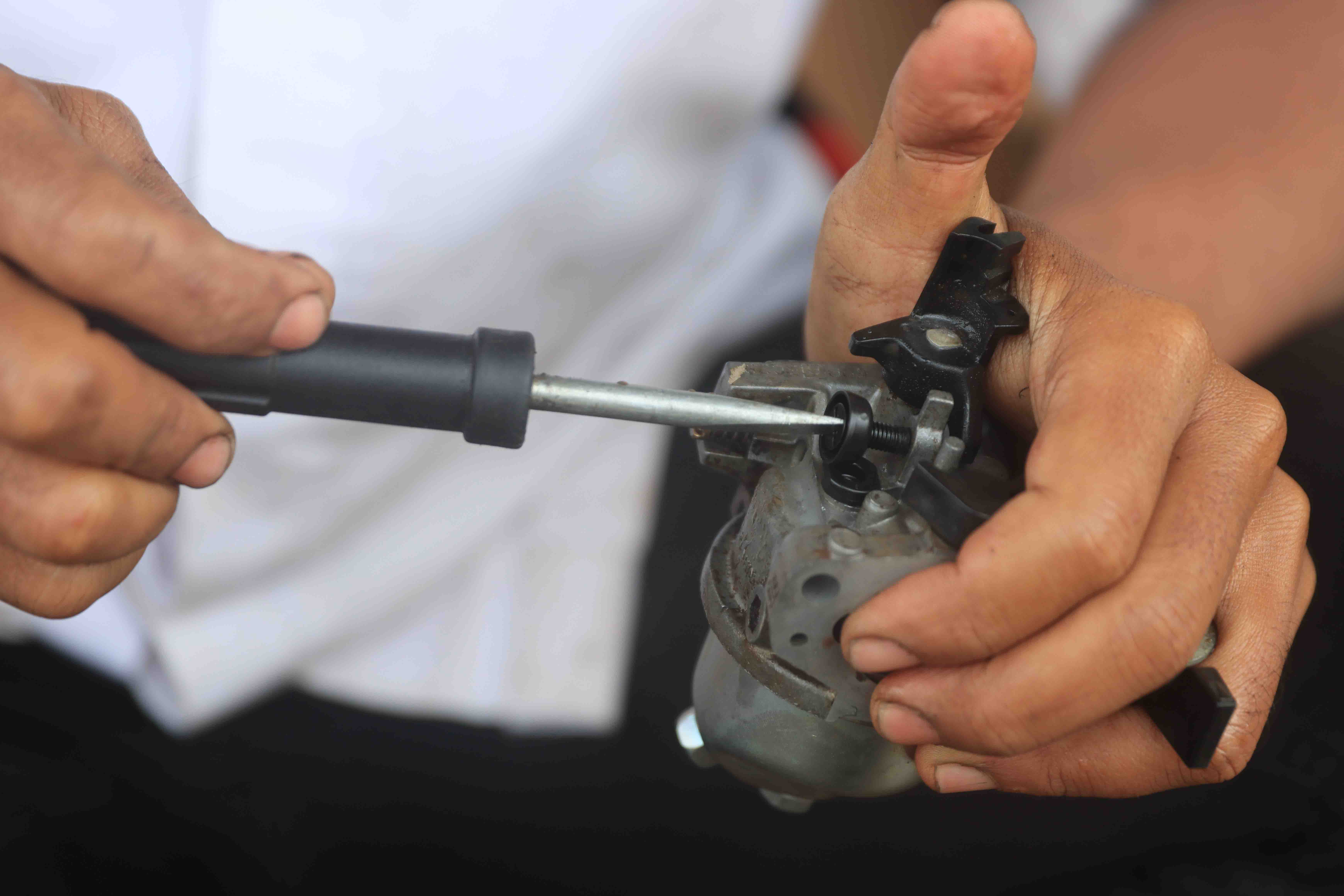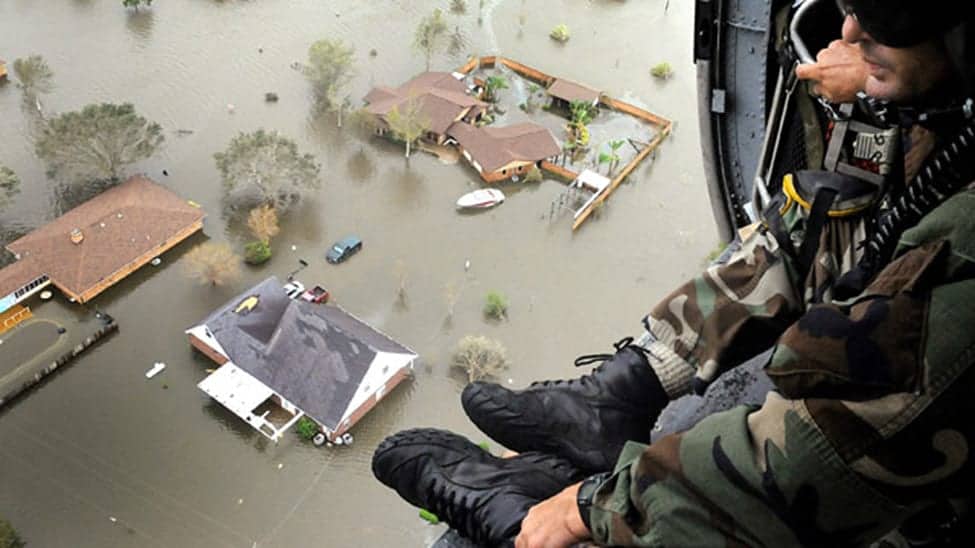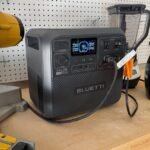Disclosure: This post contains affiliate links and I will be compensated if you make a purchase after clicking through my links. Learn More
Starting a flooded generator can be tricky. First, check if it’s flooded.
Then, follow these steps to get it running smoothly. Generators are essential during power outages. But, a flooded generator can be frustrating. Flooding happens when too much fuel enters the carburetor. This can stop the engine from starting. Knowing how to handle this issue is important.
With the right steps, you can fix the problem. The goal is to clear the excess fuel and start the engine. In this guide, we’ll explain how to start a flooded generator effectively. Whether it’s your first time or you need a refresher, these tips will help. Let’s dive in and get your generator running again.
Preparation Steps
To start a flooded generator, first turn off the fuel valve. Remove the spark plug and let it air out. Then, pull the starter cord several times to clear excess fuel. Reinstall the spark plug, open the fuel valve, and try starting the generator again.
Getting a generator up and running after it has been flooded can seem like a daunting task. However, with the right preparation steps, you can get your generator back to working order. Let’s delve into these essential preparation steps to ensure a smooth process.
Gather Necessary Tools
First, gather all necessary tools. You will need a spark plug wrench, a clean rag, and a fresh set of spark plugs.
Have a screwdriver and a wrench set on hand.
Don’t forget a pair of gloves to keep your hands clean and protected.
Ensure Safety Precautions
Safety should be your top priority. Make sure the generator is turned off and has had time to cool down.
Work in a well-ventilated area to avoid inhaling any harmful fumes.
Wear gloves and safety goggles to protect yourself from any sudden sparks or splashes.
By preparing appropriately, you can make the process of starting a flooded generator easier and safer. Have you had any experiences with flooded generators? Share your stories and tips in the comments below!
Identify Flooding Symptoms
Spot signs of a flooded generator by checking for a strong fuel smell. Difficulty starting and wet spark plugs also indicate flooding.
Starting a flooded generator can be a frustrating experience. Identifying the symptoms of flooding is crucial to resolving the issue quickly. This guide will help you understand the signs of a flooded generator and how to address them efficiently.
Check Fuel Smell
One of the first signs of a flooded generator is the strong smell of fuel. When a generator floods, excess fuel often leaks into the carburetor, causing a noticeable odor.
Take a moment to sniff around the generator. If you detect a strong gasoline smell, it’s a clear indication that your generator might be flooded.
This is a common issue, especially if the generator has been sitting unused for a while.
Inspect Spark Plug
Another telltale sign of flooding is a wet or dirty spark plug. A flooded generator usually means that too much fuel has entered the combustion chamber, wetting the spark plug.
Remove the spark plug using a proper tool. Check if it is wet or covered in fuel residue.
If the spark plug is wet, it confirms that your generator is flooded. Clean or replace the spark plug before attempting to start the generator again.
Remember to handle the spark plug carefully to avoid damaging it. A well-maintained spark plug is essential for your generator’s smooth operation.
Have you ever found yourself in a situation where your generator won’t start? Share your experiences and tips in the comments below. Knowing these symptoms can save you time and frustration in the future.
Initial Troubleshooting
Starting a flooded generator can be challenging. Initial troubleshooting is key to resolving the issue quickly. Follow these steps to get your generator running smoothly.
Remove Air Filter
First, locate the air filter on your generator. Remove the cover to access it. Check if the filter is wet or dirty. A wet filter can prevent the generator from starting. Dry the filter with a clean cloth. If it is too dirty, replace it with a new one. This simple step can often resolve the problem.
Dry Spark Plug
Next, focus on the spark plug. Remove it from the engine using a wrench. Check if the spark plug is wet. A wet spark plug can stop the generator from starting. Dry it with a clean cloth or paper towel. Ensure there is no moisture left. Reinstall the spark plug carefully. This can make a big difference in starting your generator.

Credit: m.youtube.com
Drain Excess Fuel
Drain excess fuel from the generator’s carburetor to clear flooding. This helps restart the engine efficiently. Ensure safety by turning off the fuel valve first.
Starting a flooded generator can be frustrating, but draining excess fuel is a vital step in the process. If your generator has too much fuel in the engine, it won’t start. Over time, I’ve found that understanding how to safely drain this fuel can save you a lot of headaches and get your generator running smoothly again.
Locate Drain Plug
First, locate the drain plug on your generator. Typically, it’s near the carburetor. Check your user manual for exact details. If you don’t have the manual handy, look for a small plug or bolt. Once you find it, make sure you have the right tools to remove it.
Collect Fuel Safely
Next, you’ll want to collect the excess fuel safely. Use a container that can hold all the drained fuel without spilling. Place it directly beneath the drain plug. Wear gloves to protect your hands. Remember, fuel is flammable, so avoid any open flames or sparks during this process.
Draining excess fuel can make a huge difference. Have you ever struggled to start a generator only to realize it was flooded? This simple step could be your solution.
What other tips have you found helpful when dealing with a flooded generator? Share your experiences; you might just help someone else get their generator running again.
Clean And Dry Components
Starting a flooded generator requires clean and dry components for optimal performance. Ensure all parts are moisture-free before attempting to start the generator. This prevents damage and ensures smooth operation.
Starting a flooded generator can be a frustrating experience, but taking the time to clean and dry its components can make all the difference. Ensuring every part is free of moisture and debris not only helps in starting the generator but also prevents future issues. Let’s dive into the steps for wiping down the engine and drying the fuel tank.
Wipe Down Engine
Begin with the engine. Moisture can cause the engine to malfunction, leading to more problems down the line. Use a clean, dry cloth to wipe down all accessible parts of the engine.
Pay special attention to the spark plug area. Moisture around the spark plug can prevent the generator from starting. If the spark plug looks wet, remove it, dry it off, and clean the surrounding area thoroughly.
Check for any dirt or debris that might have accumulated. A clogged engine can hinder performance. Keeping it clean ensures smooth operation.
Dry Fuel Tank
Next, turn your attention to the fuel tank. Water in the fuel can cause the generator to flood, making it difficult to start.
Drain any old fuel if you suspect it might be contaminated. Fresh fuel is less likely to have absorbed moisture.
After draining, use a cloth to dry the inside of the tank as much as possible. If you have a vacuum pump, it can help remove any residual moisture efficiently.
Finally, ensure the fuel cap is dry and secure. A loose or wet cap can let moisture back into the tank, defeating your efforts.
By wiping down the engine and drying the fuel tank, you set the stage for a smooth start. Have you ever faced a stubborn generator? What tricks helped you get it running? Share your thoughts and keep the conversation going!

Credit: www.hondapowerproducts.co.id
Check Oil Levels
Starting a flooded generator can be tricky. Checking oil levels is crucial. Low oil levels can damage the engine. Follow these steps to ensure your generator is ready.
Inspect Dipstick
First, locate the dipstick. It’s usually near the engine. Pull it out carefully. Wipe it clean with a cloth. Insert it back fully, then pull it out again. Check the oil level marked on the dipstick.
Refill If Necessary
If the oil level is low, refill it. Use the recommended oil type for your generator. Pour the oil slowly to avoid spills. Recheck the dipstick after refilling. Make sure the oil level is correct.
Restart The Generator
Starting a flooded generator can be a challenging task. But with the right steps, you can get your generator up and running. This section will guide you through the process of restarting your generator. Follow these steps carefully to ensure a smooth start.
Prime The Engine
First, you need to prime the engine. This step ensures that fuel reaches the engine. Locate the fuel valve on your generator. Turn it to the ‘On’ position. Then, find the choke lever and set it to ‘Full Choke’. This setting helps to start a flooded engine by allowing more fuel to enter.
Pull Starter Rope
Next, pull the starter rope. Grip the handle firmly. Pull the rope slowly until you feel resistance. Once you feel it, pull the rope quickly and with force. Repeat this step if the engine does not start on the first try. Give the engine a few minutes to rest between attempts.
After a few successful pulls, the engine should start. If it does not, check the fuel and oil levels. Make sure all connections are secure. Following these steps will help you restart your flooded generator.

Credit: blog.norwall.com
Post-start Maintenance
Starting a flooded generator involves turning off the fuel valve, removing the spark plug, and clearing excess fuel. Ensure proper ventilation and check for any damages before attempting to restart.
Starting a flooded generator is just the beginning. Once it’s up and running, you need to ensure it stays in good shape to avoid future issues. Post-start maintenance is crucial for this. Here’s how you can keep your generator performing at its best.
Monitor Performance
Keep an eye on how your generator runs. Listen for unusual noises or vibrations. Check the fuel and oil levels regularly.
If you notice any irregularities, address them immediately. This can prevent bigger problems down the line. Trust your instincts; if something seems off, it probably is.
Schedule Regular Checks
Create a maintenance schedule. Stick to it. Regular checks can catch minor issues before they become major headaches.
Include tasks like cleaning the air filter and inspecting spark plugs. These small steps can extend your generator’s life significantly. Remember, consistency is key.
Have you ever faced an unexpected generator failure? It’s frustrating and avoidable with regular maintenance.
By following these simple steps, you can ensure your generator is always ready when you need it.
Frequently Asked Questions
How Do You Force Start A Generator?
To force start a generator, ensure fuel is available. Check oil levels, turn the fuel valve on, switch the choke to “closed,” and pull the starter cord firmly.
How To Quickly Unflood An Engine?
Turn off the ignition and wait a few minutes. Then, press the gas pedal to the floor and start the engine. Release the pedal once the engine starts.
How Long Does It Take To Unflood An Engine?
Unflooding an engine usually takes 10-20 minutes. Remove the spark plugs, let the fuel evaporate, then try starting.
How To Fix Generator Not Starting?
Check fuel level and refill if low. Verify battery connections and charge if needed. Inspect spark plug and clean or replace. Ensure air filter is clean.
Final Words
Starting a flooded generator can seem daunting, but it’s manageable. Follow the steps outlined above for success. Ensure your generator is dry and clean before use. Regular maintenance prevents future flooding. Always prioritize safety and consult your manual. With patience and care, your generator will start smoothly.
Practice makes perfect. Stay calm and follow the process. Happy generating!








